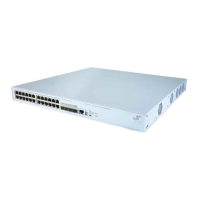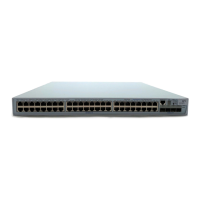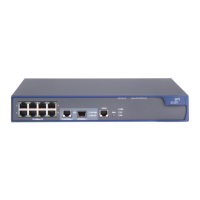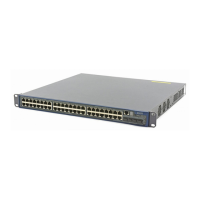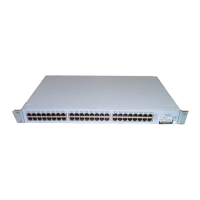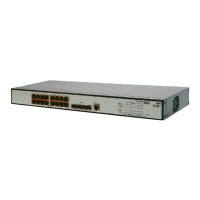12 ABOUT THIS GUIDE
Conventions This guide uses the following conventions:
Table 1 Icons
Icon Notice Type Description
Information note Information that describes important features or instructions.
Caution Information that alerts you to potential loss of data or
potential damage to an application, system, or device.
Warning Information that alerts you to potential personal injury.
Table 2 Text conventions
Convention Description
Screen displays This typeface represents text as it appears on the screen.
Keyboard key names If you must press two or more keys simultaneously, the key names are
linked with a plus sign (+), for example:
Press Ctrl+Alt+Del
The words “enter”
and type”
When you see the word “enter” in this guide, you must type
something, and then press Return or Enter. Do not press Return or
Enter when an instruction simply says “type.”
Fixed command
text
This typeface indicates the fixed part of a command text. You must type
the command, or this part of the command, exactly as shown, and
press Return or Enter when you are ready to enter the command.
Example: The command display history-command must be
entered exactly as shown.
Variable
command text
This typeface indicates the variable part of a command text. You must
type a value here, and press Return or Enter when you are ready to
enter the command.
Example: in the command super level , a value in the range 0 to 3
must be entered in the position indicated by level
{ x | y | ... } Alternative items, one of which must be entered, are grouped in braces
and separated by vertical bars. You must select and enter one of the
items.
Example: in the command flow-control {hardware | none |
software}, the braces and the vertical bars combined indicate that
you must enter one of the parameters. Enter either hardware, or
none, or software.
[ ]
Items shown in square brackets [ ] are optional.
Example 1: in the command display users [all], the square
brackets indicate that the parameter
all is optional. You can enter the
command with or without this parameter.
Example 2: in the command user-interface [type]
first-number [last-number] the square brackets indicate that the
parameters [type] and [last-number] are both optional. You can
enter a value in place of one, both or neither of these parameters.
Alternative items, one of which can optionally be entered, are grouped
in square brackets and separated by vertical bars.
Example 3: in the command header [shell | incoming |
login] text, the square brackets indicate that the parameters
shell, incoming and login
are all optional. The vertical bars
indicate that only one of the parameters is allowed.
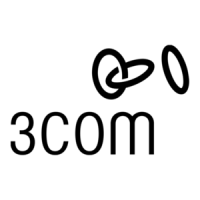
